Nationality Canadian Role Scientist | Name Charles Best | |
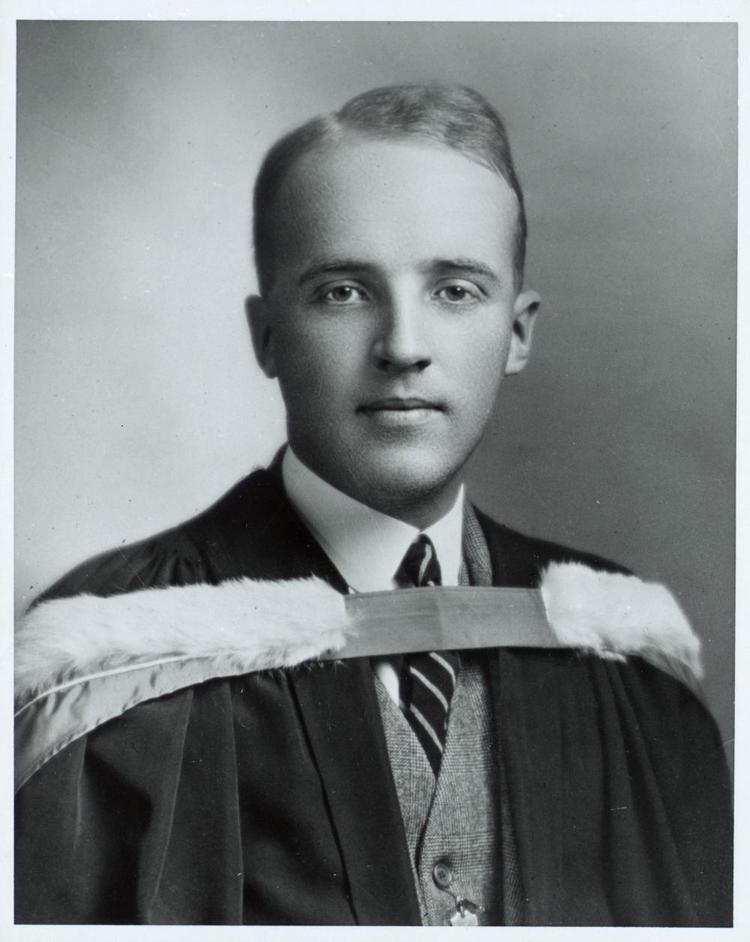 | ||
Born February 27, 1899West Pembroke, Washington County, Maine ( 1899-02-27 ) Fields PhysiologistBiochemistry Notable awards Flavelle Medal (1950)Gairdner Foundation International Award (1971)Order of CanadaOrder of the British EmpireOrder of the Companions of Honour Spouse Margaret Mahon (1924–1978) Died March 31, 1978, Toronto, Canada Books The living body, Selected Papers of Charles H. Best, The Human Body: Its Anatomy and Physiology Parents Herbert Huestes Best, Luella Fisher Best Awards Gairdner Foundation International Award Similar People Frederick Banting, John James Rickard, Joseph von Mering, Casimir Funk | ||
Dr charles herbert best
Charles Herbert Best (February 27, 1899 – March 31, 1978) was a Canadian medical scientist and one of the co-discoverers of insulin.
Contents
- Dr charles herbert best
- Dr Charles Herbert Best Canadian Medical Hall of Fame 1994
- Biography
- Co discovery of insulin
- Professor of physiology
- Awards and honours
- Honorary degrees
- References
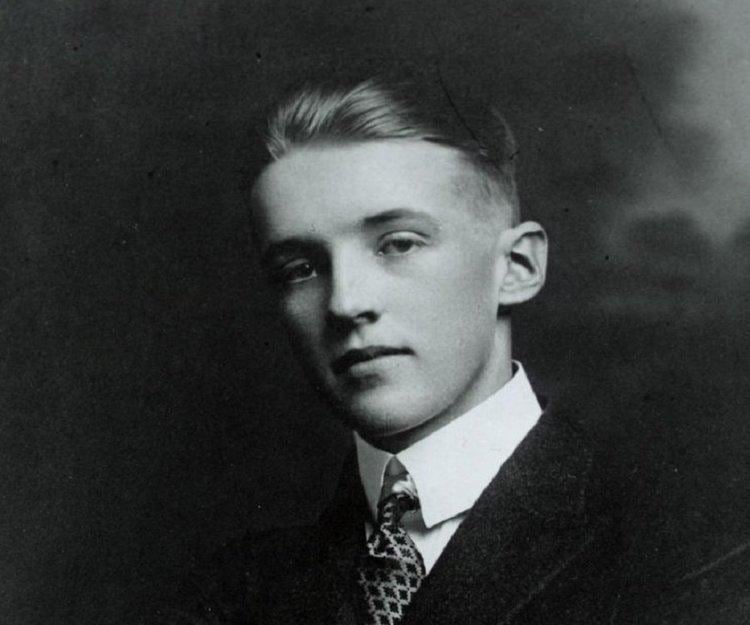
Dr. Charles Herbert Best Canadian Medical Hall of Fame 1994
Biography
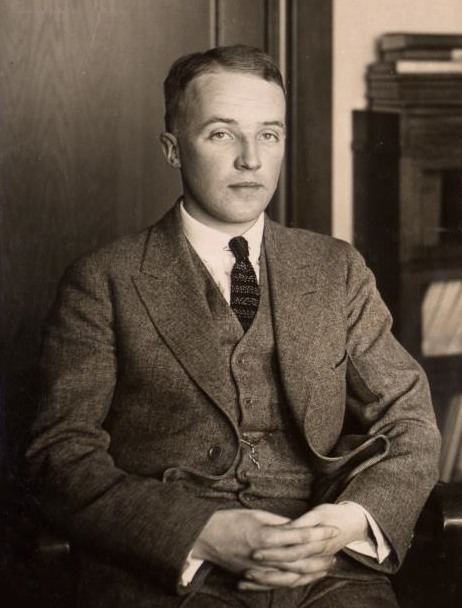
Born in West Pembroke, Maine on February 27, 1899 to Luella Fisher and Herbert Huestis Best, Canadians from Nova Scotia.
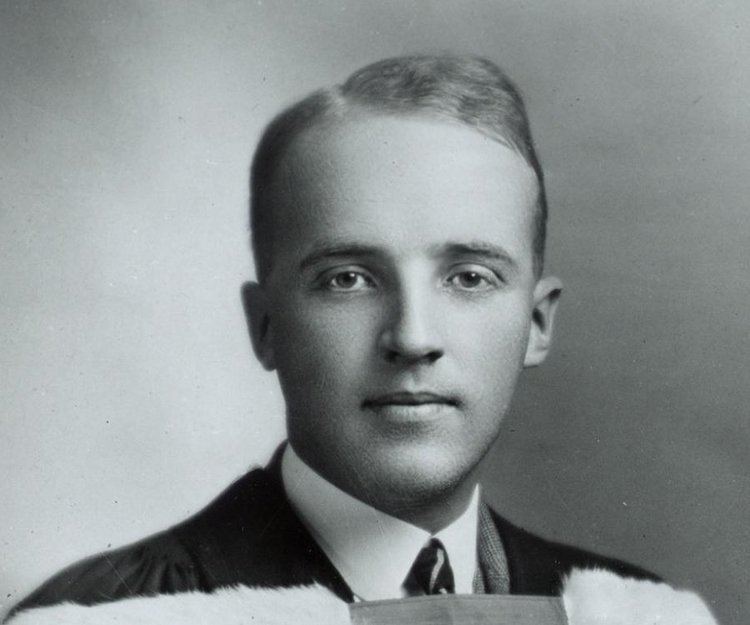
Best married Margaret Hooper Mahon in Toronto in 1924 and they had two sons. One son, Dr. Henry Best was a well-regarded historian who -later became president of Laurentian University in Sudbury, Ontario. Best's other son was Charles Alexander Best, a Canadian politician and geneticist.

He died on March 31, 1978 in Toronto, Ontario. Best is interred in Mount Pleasant Cemetery, Toronto (section 29) not far from Sir Frederick Banting.
Co-discovery of insulin
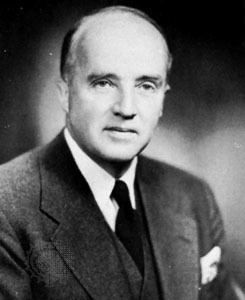
Best moved in 1915 to Toronto, Ontario, where he started studying towards a bachelor of arts degree at University College, University of Toronto. In 1918, he enlisted in the Canadian Army serving with the 2nd Canadian Tank Battalion. After the war, he completed his degree in physiology and biochemistry.
As a 22-year-old medical student at the University of Toronto he worked as an assistant to the surgeon Dr. Frederick Banting and contributed to the discovery of the pancreatic hormone insulin, which led to an effective treatment for diabetes. In the spring of 1921, Banting travelled to Toronto to visit J.J.R. Macleod, professor of physiology at the University of Toronto, and asked Macleod if he could use his laboratory to isolate pancreatic extracts from dogs. Macleod was initially sceptical, but eventually agreed before leaving on holiday for the summer. Before leaving for Scotland he supplied Banting with ten dogs for experiment and two medical students, Charles Best and Clark Noble, as lab assistants.
Since Banting required only one assistant, Best and Noble flipped a coin to see which would assist Banting first. Best won and took the first shift. Loss of the coin toss proved unfortunate for Noble, given that Banting decided to keep Best for the entire summer and eventually shared half of his Nobel Prize money and a part of the credit for the discovery of insulin. Had Noble won the toss, his career might have taken a different path. MacLeod was overseeing the work of Frederick Banting, who had no experience of physiology, and his assistant Charles Best. In December, when Banting and Best were having difficulties in refining the pancreatic extract and monitoring glucose levels, MacLeod assigned the biochemist James Collip to the team. In January 1922, while Collip was working on insulin purification, Best and Banting administered prematurely their pancreatic extracts to 14-year-old Leonard Thompson, who suffered a severe allergic reaction. Eventually, Collip succeeded in preparing insulin in a more pure, usable form. Banting, Best and Collip shared the patent for insulin, which they sold to the University of Toronto for one dollar.
In 1923, the Nobel Prize Committee honoured Banting and J. J. R. Macleod with the Nobel Prize in Medicine for the discovery of insulin, ignoring Best and Collip. Banting chose to share half of the prize money with Best. The key contribution by Collip was recognised in the Nobel speech of McLeod, who also gave one-half of his prize money to Collip.
Professor of physiology
Best succeeded Macleod as professor of physiology at University of Toronto in 1929. During World War II he was influential in establishing a Canadian program for securing and using dried human blood serum. In his later years, he was an adviser to the Medical Research Committee of the United Nations World Health Organization.
Awards and honours
Best was elected a foreign member of the Royal Netherlands Academy of Arts and Sciences in 1946. He was elected a foreign honorary member of the American Academy of Arts and Sciences in 1948. In 1967 he was made a Companion of the Order of Canada in recognition for "his contribution to medicine, particularly as co-discoverer of insulin." He was a commander of the Civil Division of the Order of the British Empire and was made a member of Order of the Companions of Honour in 1971 "for services to Medical Research". He was a fellow of the Royal Society of London, the Royal Society of Canada, and was the first Canadian to be elected into the Pontifical Academy of Sciences.
As a recipient of the Order of Canada, he was awarded the Canadian version of the Queen Elizabeth II Silver Jubilee Medal in 1977.
In 1994 he was inducted into the Canadian Medical Hall of Fame. In 2004, he was inducted into the National Inventors Hall of Fame.
Dr. Charles Best Secondary School in Coquitlam, British Columbia, C. H. Best West Elementary School in Burlington, Ontario, and C.H. Best East Middle School in Toronto, Ontario, are named in his honour. His birthplace in Maine is listed on the United States National Register of Historic Places.
Honorary degrees
Dr. Charles Best received 18 honorary degrees from universities around the world including
